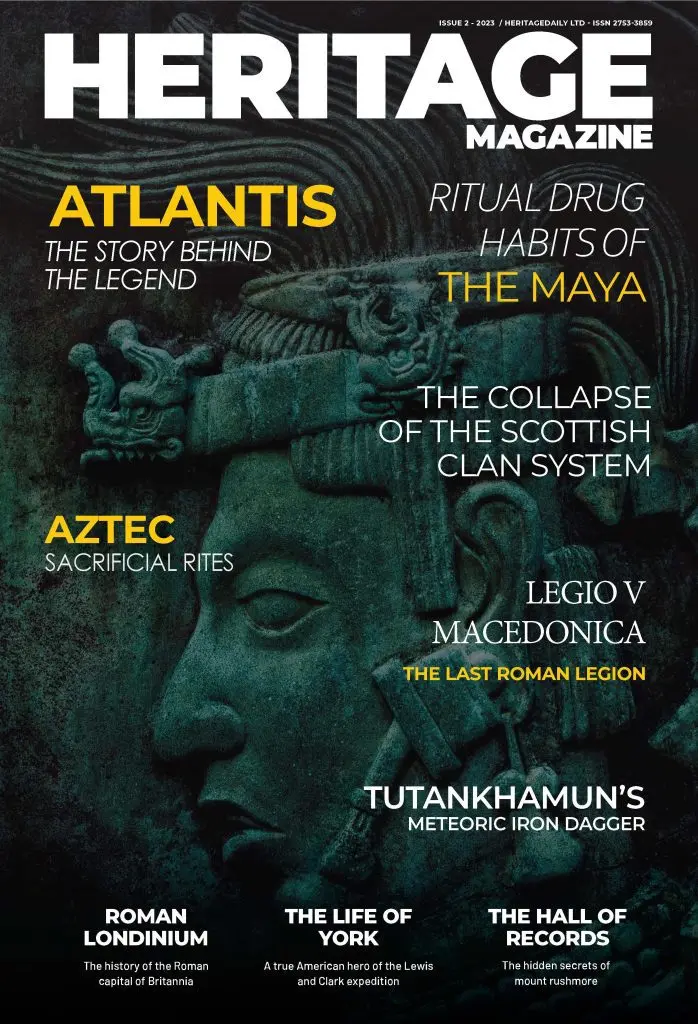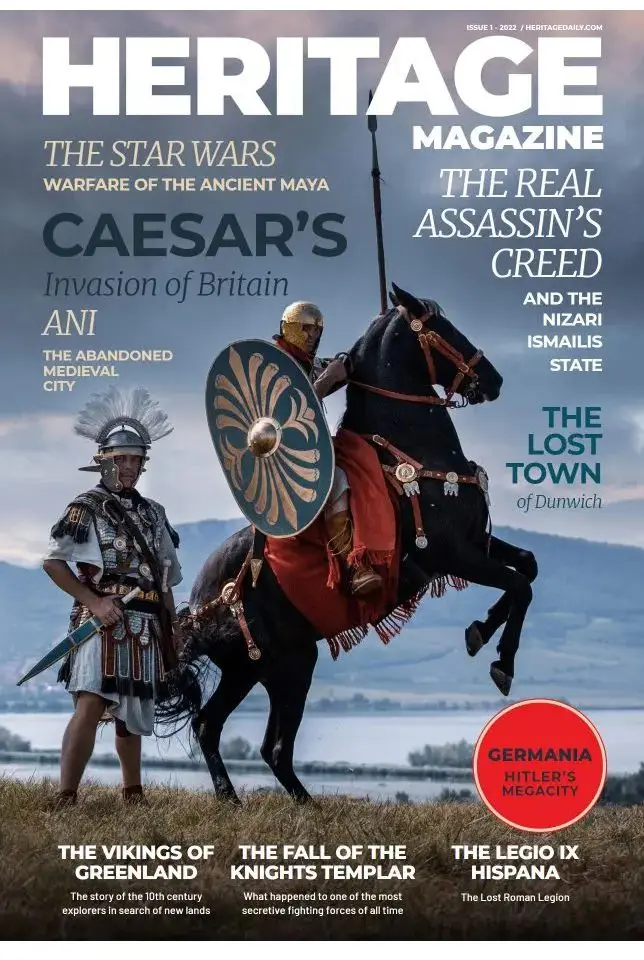A new research project at the University of Cambridge is set to shed light on the history of writing, revealing connections to our modern alphabet that cross cultures and go back thousands of years.
The project, called Contexts of and Relations between Early Writing Systems (CREWS for short), is to focus on exploring how writing developed during the 2nd and 1st millennia BCE in the ancient Mediterranean and Near East, and will investigate how different writing systems and the cultures that used them were related to each other.
The project is led by Dr Philippa Steele of the University’s Faculty of Classics. Described as an “innovative and interdisciplinary approach to the history of writing” the CREWS project aims to enrich our understanding of linguistic, cultural and social aspects of the use, borrowing and development of writing in the ancient world – which can uncover some often surprising links to our modern-day written culture.
For example, today the notion of “alphabetical order” is used to arrange everything from dictionaries to telephone books, but why is the alphabet organised the way it is?
Alphabetical order as we would recognise it first appeared over three thousand years ago in Ugaritic, written in a cuneiform script made of wedge-shaped signs impressed on clay tablets. The Ugaritic alphabet was in use in the ancient city of Ugarit, uncovered at Ras Shamra in modern Syria. Some of the surviving tablets discovered by archaeologists are known as “abecedaria”, where the letters of the alphabet are written in order, possibly for teaching or as a training exercise for new scribes.
The destruction of Ugarit in around 1200 BCE was not the end for alphabetical order. The Phoenicians, living in what is now modern Syria and Lebanon, used the same order for their own alphabet. While their language was related to Ugaritic, their writing system was not. Instead of cuneiform wedge-shapes, the Phoenicians used linear letters, which were much more similar to those we use in English today. The Phoenician alphabet began with the letters Alep, Bet, Gimel, Dalet, which are strikingly similar to our own A, B, C and D.
Dr Steele said: “The links from the ancient past to our alphabet today are no coincidence. The Greeks borrowed the Phoenician writing system and they still kept the same order of signs: Alpha, Beta, Gamma, Delta. They transported the alphabet to Italy, where it was passed on to the Etruscans, and also to the Romans, who still kept the same order: A, B, C, D, which is why our modern alphabet is the way it is today.”
That such an apparently simple idea remained so stable and powerful over thousands of years of cultural change and movement is an historic mystery. “The answer cannot be purely linguistic”, Dr Steele said. “There must have been considerable social importance attached to the idea of the alphabet having a particular order. It matters who was doing the writing and what they were using writing for.”
The origin of the alphabet is just one of the areas that the CREWS project will explore, along with the social and political context of writing, and drivers of language change, literacy and communication. Because of the high level of interconnectedness in the ancient Mediterranean and Near East, ideas could be spread widely as people moved, traded and interacted with different cultures.
“Globalisation is not a purely modern phenomenon”, Dr Steele commented. “We might have better technology to pursue it now, but essentially we are engaging in the same activities as our ancestors.”
The CREWS project is the result of a long-term innovative programme of combined and comparative research at the University of Cambridge. It will run for five years and will involve a four-person team working on a variety of ancient cultures and writing systems. The CREWS project has been made possible thanks to the European Research Council, who describe their mission as being “to encourage the highest-quality research in Europe.”
Dr Steele, the Principal Investigator on the project and a Senior Research Fellow at Magdalene College, Cambridge, has worked on ancient languages and writing systems for over ten years and previously specialised in the languages of ancient Cyprus. She said: “Cyprus lies right in the middle of an area where ancient people were moving about by land and sea and swapping technologies and ideas. That was one of the inspirations of the CREWS project. By studying how and what ancient people were writing, we will be able to gain more insight into their interactions with each other in ways that have never been fully understood before.”
The Contexts of and Relations Between Early Writing Systems (CREWS) project will be based at the University of Cambridge Faculty of Classics, a world-leading centre for the study of the ancient world with a track record for innovative and interdisciplinary research. Running from April 2016, it will continue until 2021.
Follow the project online at: https://crewsproject.wordpress.com






